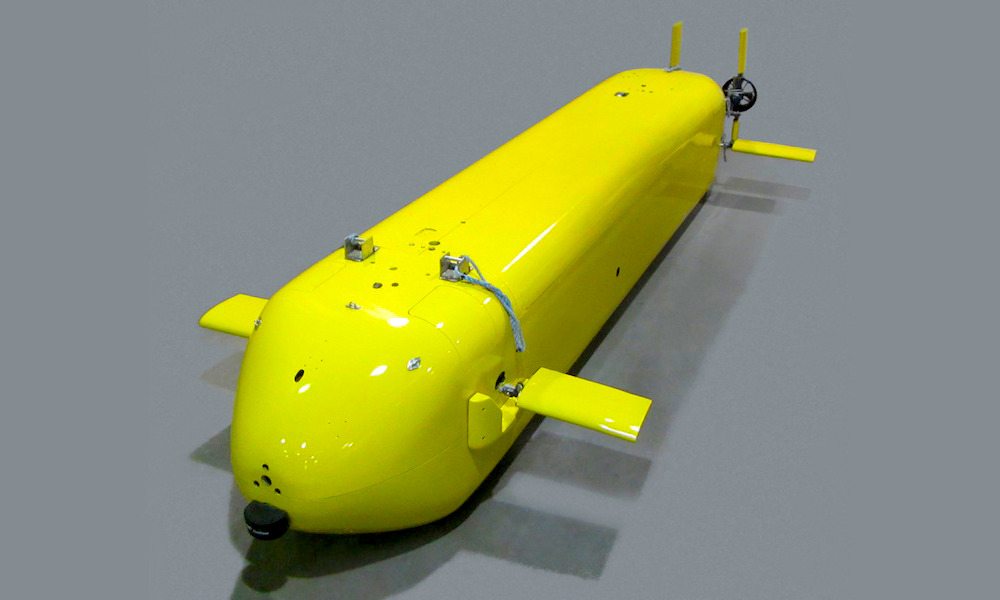GM to Develop Hydrogen Fuel Cells for Navy’s Underwater Drone Program

Toggle Dark Mode
The Navy has announced that it is partnering with the Detroit-based automaker GM in building advanced unmanned undersea vehicles (UUV). These aquatic drones will benefit from the hydrogen fuel cell technology that GM is planning on contributing.
Hydrogen fuel cells compress hydrogen to generate electricity and emit water as waste, and are hailed as a potentially revolutionary technology that could create vehicles that do not emit greenhouse gases. The difficulty with implementing mass hydrogen fuel cell adoption is that hydrogen-refueling centers are scarce because hydrogen storage requires high pressure and cold temperatures.
On the other hand, hydrogen fuel cells have the advantage of being lightweight, compact, reliable, and easy to refill. GM’s expertise and know-how in this field is expected to be important to creating underwater drones that run on electricity.
GM signed a similar deal earlier with the US Army to develop fuel cell-equipped reconnaissance vehicles for the US Army Tank Automotive Research and Development and Engineering Center.
GM will be collaborating with the Naval Research Laboratory’s Chemistry Division of its Alternative Energy Section and is hoping to develop drones that last for weeks, if not months between charges. The Naval Research Lab has already run trials of prototypes that have been outfitted with fuel cells.
As for the possible applications of UUV’s, it’s fair to guess that they will at some point be weaponized as their aerial counterparts have famously been used in the War on Terror.
The Department of Defense has budgeted $600 million for UUV development for a period of five years starting in 2017.
Featured Photo: Office of Naval Research






